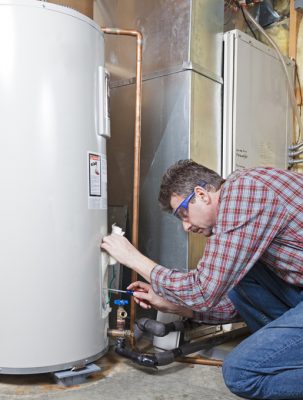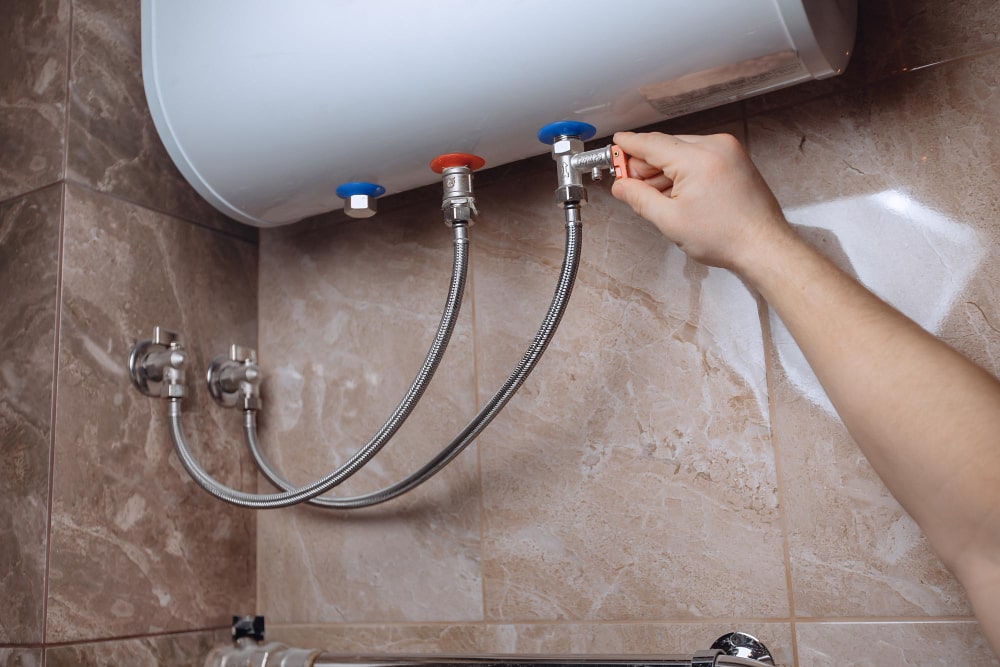Maintaining Your Home's Hot Water System: Key TipsTips on How to Maintain Your Home's Hot Water System Functioning WellSteps to Prolong the Lifespan of Your Home's Hot Water System By Maintenance
Maintaining Your Home's Hot Water System: Key TipsTips on How to Maintain Your Home's Hot Water System Functioning WellSteps to Prolong the Lifespan of Your Home's Hot Water System By Maintenance
Blog Article
In this article in the next paragraphs you can get additional reliable expertise pertaining to Tips For Maintaining Your Hot Water Heater.

Hot water is important for daily convenience, whether it's for a refreshing shower or washing meals. To ensure your warm water system runs successfully and lasts longer, normal upkeep is essential. This article gives functional pointers and understandings on exactly how to keep your home's hot water system to avoid disturbances and expensive repairs.
Intro
Preserving your home's hot water system could seem daunting, yet with a few straightforward steps, you can guarantee it operates smoothly for many years to come. This overview covers everything from recognizing your hot water system to do it yourself maintenance ideas and knowing when to employ specialist assistance.
Importance of Preserving Your Hot Water System
Routine maintenance not just extends the life expectancy of your warm water system however additionally ensures it runs effectively. Disregarding maintenance can bring about decreased effectiveness, greater energy expenses, and also early failing of the system.
Indications Your Warm Water System Needs Upkeep
Knowing when your warm water system requires attention can stop major issues. Look out for signs such as inconsistent water temperature, weird sounds from the heating system, or rusty water.
Comprehending Your Warm Water System
Before diving right into upkeep tasks, it's practical to understand the fundamental parts of your hot water system. Usually, this consists of the water heater itself, pipes, anode poles, and temperature controls.
Regular Monthly Upkeep Tasks
Normal monthly checks can assist capture minor problems prior to they rise.
Flushing the Water Heater
Purging your hot water heater removes sediment accumulation, boosting efficiency and extending its life.
Monitoring and Changing Anode Rods
Anode poles prevent rust inside the container. Evaluating and replacing them when worn out is crucial.
Checking and Readjusting Temperature Level Settings
Changing the temperature level setups ensures optimal performance and security.
Do It Yourself Tips for Upkeep
You can execute several maintenance tasks yourself to keep your warm water system in leading problem.
Looking for Leakages
Regularly inspect pipelines and links for leakages, as these can lead to water damage and higher costs.
Testing Pressure Relief Valves
Testing the pressure relief valve ensures it functions correctly and avoids extreme pressure accumulation.
Protecting Pipes
Protecting hot water pipes decreases warm loss and can save energy.
When to Call an Expert
While DIY maintenance is advantageous, some problems need professional knowledge.
Complex Issues Requiring Professional Aid
Instances consist of significant leaks, electrical problems, or if your water heater is consistently underperforming.
Routine Specialist Upkeep Perks
Expert maintenance can include thorough examinations, tune-ups, and guaranteeing compliance with safety criteria.
Verdict
Routine maintenance of your home's hot water system is essential for performance, long life, and expense savings. By following these pointers and recognizing when to look for professional help, you can make certain a trustworthy supply of hot water without unexpected disturbances.
Water Heater Maintenance: The Basics
Maintaining your water heater will ensure it operates efficiently and has a longer lifespan. Neglecting regular maintenance can lead to costly repairs and an even bigger chunk of your savings if you have to replace it sooner than necessary. But there’s good news: Most water heater maintenance tasks are relatively simple and easy for homeowners with basic DIY skills.
Flush the Water Heater
Over time, sediment and minerals can build up in the tank, reducing its efficiency and potentially causing damage. To flush the tank, turn off the power or gas supply, attach a hose to the drain valve near the bottom and open the valve to drain the water until it runs clear. Ideally, flush the tank annually.
Replace the Anode Rod
The anode rod is a sacrificial metal rod that helps prevent corrosion inside the tank. Inspect and replace it every three to five years or per the manufacturer's recommendation. To replace the anode rod, turn off the power or gas supply, drain a few gallons of water from the tank, unscrew the old rod and replace it with a new one. If the anode rod is significantly corroded or covered in calcium buildup, it's a sign the water heater may need to be replaced soon.
Tune-Up
A yearly tune-up can help identify potential issues and ensure your water heater operates at peak efficiency. This typically involves checking the thermostat, burner assembly (for gas heaters) and any other components specified by the manufacturer. During a tune-up, the technician may also clean the burner and adjust the pilot light (for gas heaters) or examine the heating elements (for electric heaters).
How to Maintain Your Water Heater
Insulate the tank. Insulating the tank can improve energy efficiency and reduce heat loss, saving you money on energy bills. You can purchase precut insulation blankets designed specifically for water heaters or use standard fiberglass insulation wrapped securely around the tank. Check the temperature. The recommended water temperature for most households is around 120 degrees Fahrenheit (49 degrees Celsius). Higher temperatures can increase energy costs and potentially cause scalding. Use a kitchen thermometer to check the temperature at the faucet nearest the water heater. Monitor water pressure. Excessive water pressure can strain the water heater and cause leaks or even tank failure. Install a pressure-reducing valve if necessary. The ideal water pressure range is between 60 and 70 PSI (pounds per square inch). Test the temperature and pressure (T&P) relief valve. The T&P relief valve is a safety feature that releases pressure if the tank gets too hot or the pressure builds up too high. Test it annually by lifting the lever and allowing a small amount of water to release. Replace the valve if it doesn't release water or reseal properly. Check for leaks. Regularly inspect the tank, pipes and fittings for leaks or corrosion. Deal with issues promptly to prevent further damage. Even a small leak can lead to significant water damage over time. Consider a tankless water heater. If your traditional tank-style water heater is nearing the end of its lifespan ( typically 10 years), consider replacing it with a tankless water heater. These units heat water on demand, reducing standby energy losses and potentially saving you money on your energy bills. Schedule professional maintenance. While homeowners can perform many water heater maintenance tasks, it's still a good idea to schedule professional maintenance every few years. A plumber or HVAC technician can thoroughly inspect the unit, identify potential issues and ensure it operates safely and efficiently. https://www.homeserve.com/en-us/blog/home-improvement/hot-water-heater-maintanence/

Do you really like reading about How to Maintain a Hot Water Heater in a Few Simple Steps? Create a review below. We would be pleased to see your feelings about this blog entry. We hope that you come back again later on. Sharing is nice. Helping people is fun. Thank you so much for your time invested reading it.
Request Free Estimate Report this page